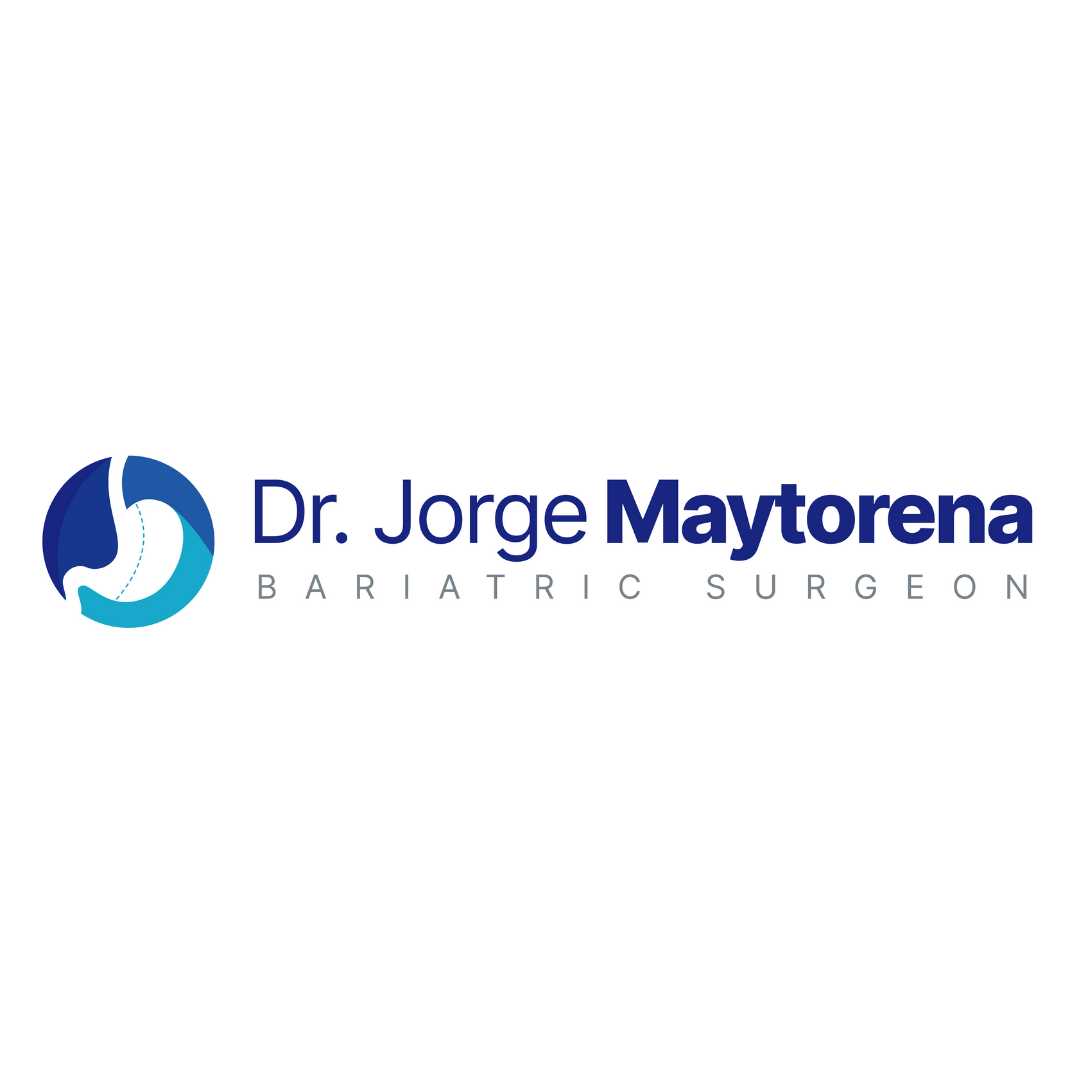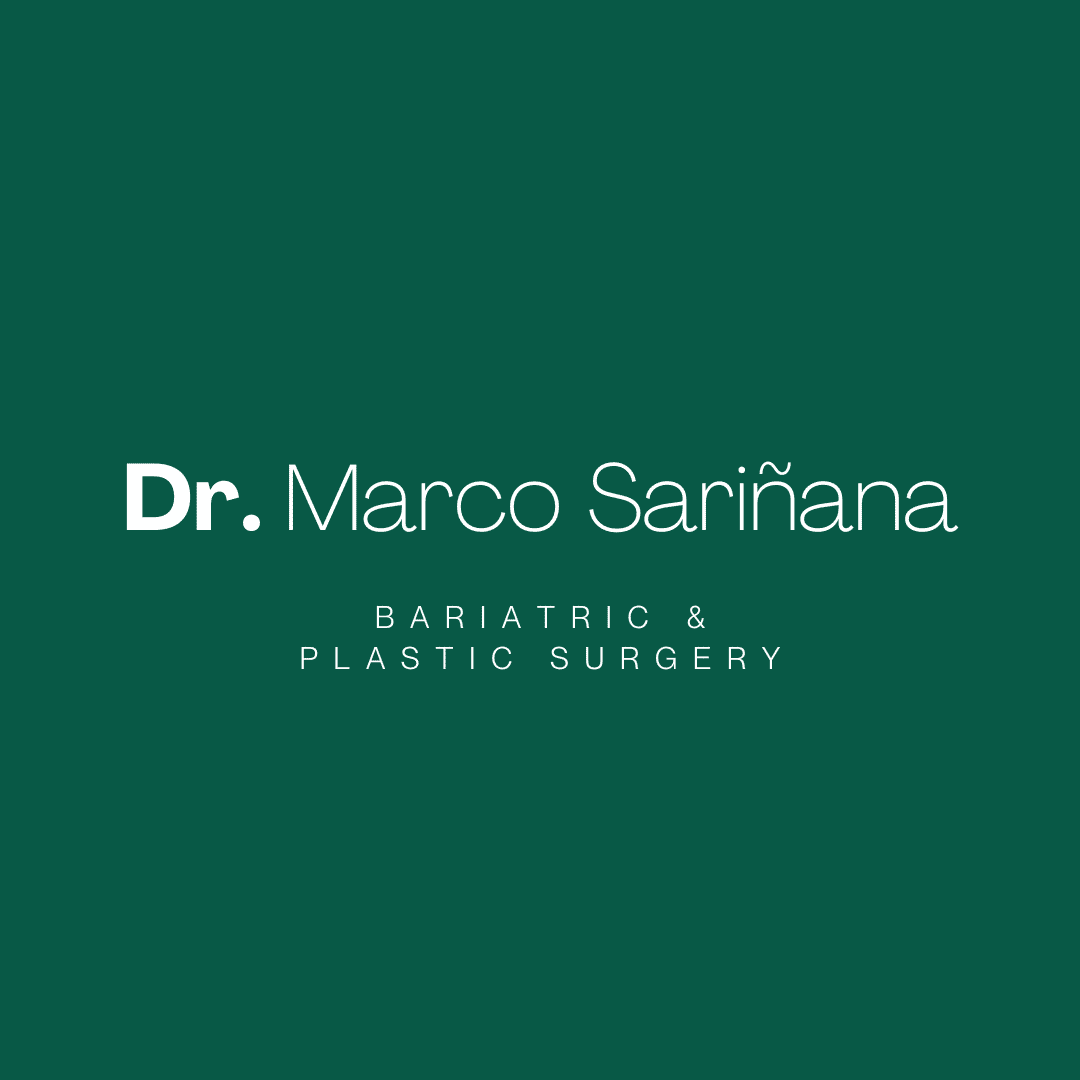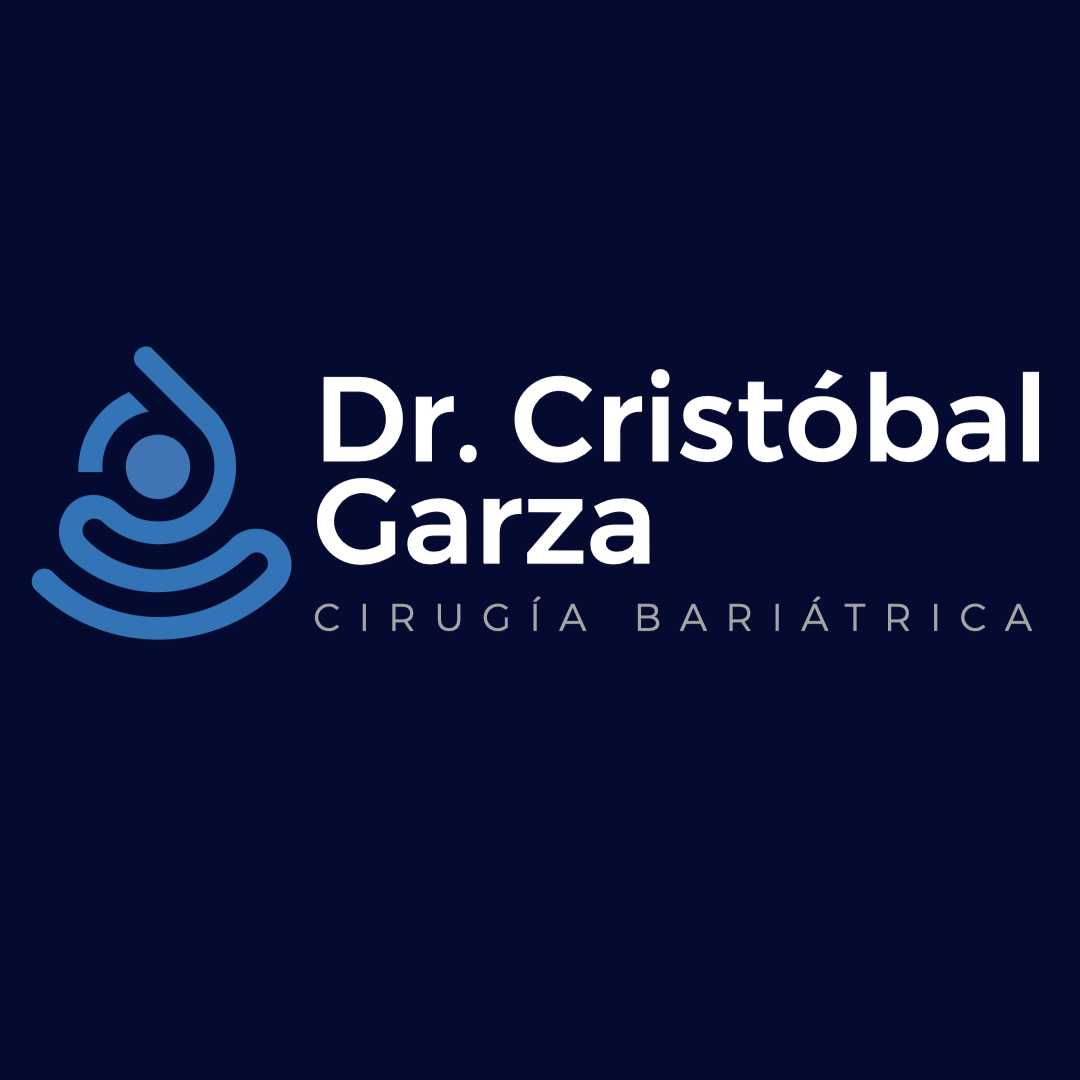Understand Gastric Balloon Removal Works in Mexico
.jpg)
If you've been on a weight loss journey with a gastric balloon, you're likely approaching the exciting phase of its removal. The gastric balloon, an effective tool for kickstarting significant weight loss, is designed to be a temporary solution, typically staying in place for six to twelve months.
When the time comes, removing the gastric balloon in Mexico is a routine and generally well-tolerated procedure, much like its insertion. Many individuals choose Mexico for this crucial step due to the excellent quality of care, experienced specialists, and often more affordable costs compared to other countries.
Understanding what to expect can help ease any anxieties and prepare you for a smooth transition to the next phase of your weight management. The removal process itself is similar to the insertion: a minimally invasive endoscopic procedure.
This means no incisions or lengthy hospital stays are required, making it a convenient option for those seeking efficient and professional care. Whether you've reached your weight loss goals or are simply completing the treatment period, knowing the ins and outs of the gastric balloon removal in Mexico ensures you're well-informed and confident in your healthcare decisions. Let's delve into the specifics of this process, addressing common questions and providing clarity on every aspect of the procedure and recovery.
What is the gastric balloon removal process in Mexico?
The gastric balloon removal process in Mexico is a well-established and efficient procedure. It is performed endoscopically, meaning a thin, flexible tube with a camera (endoscope) is inserted through the mouth and down into the stomach.
Before the procedure begins, you will be given light sedation to ensure comfort and minimize any discomfort or gag reflex. This allows you to be relaxed but conscious enough to follow simple instructions if needed. Once the endoscope reaches the stomach, the specialist will locate the gastric balloon.
Using specialized instruments passed through the endoscope, the balloon is carefully punctured and deflated. The fluid or air inside the balloon is aspirated, causing it to shrink significantly. After deflation, the now small and flexible balloon is carefully grasped and withdrawn through the esophagus and mouth. The entire process is usually completed within 20 to 30 minutes, and patients can typically go home the same day.
How long does gastric balloon removal take?
The actual time spent in the procedure room for gastric balloon removal is quite short. From the moment the sedation begins to the complete extraction of the balloon, the process usually spans about 20 to 30 minutes. This brevity is one of the advantages of this minimally invasive approach.
However, it's important to consider the overall time you'll spend at the clinic or hospital. This includes pre-procedure preparation, such as getting ready for sedation, and post-procedure recovery time in a supervised area. You should expect to be at the facility for a few hours in total, allowing for the effects of sedation to wear off safely before you are discharged. This ensures that you are fully alert and stable before heading home.
Is gastric balloon removal painful?
Many patients worry about discomfort during medical procedures, but gastric balloon removal is typically not painful. This is primarily because it is performed under light intravenous sedation, which helps you relax and reduces your awareness of the procedure.
While you might be vaguely aware of some activity, you shouldn't experience sharp pain. After the procedure, some patients might experience mild discomfort, such as a sore throat from the endoscope or slight stomach cramping. These sensations are usually temporary and manageable with over-the-counter pain relievers. Most individuals report feeling only minor side effects, which quickly subside within a day or two, allowing for a swift return to normal activities.
What is the recovery period after gastric balloon removal?
The recovery period following gastric balloon removal is generally very quick and straightforward. Immediately after the procedure, you will be monitored in a recovery area until the effects of the light sedation have worn off. This usually takes an hour or two.
You should arrange for someone to drive you home, as you will not be permitted to drive yourself due to the sedation. For the first 24 to 48 hours, it's advisable to rest and avoid strenuous activities. You might experience some mild symptoms such as:
- Sore throat
- Mild nausea
- Abdominal cramping
These symptoms are usually temporary and resolve quickly. Your doctor will provide specific dietary guidelines, often starting with clear liquids and gradually progressing to soft foods before returning to your regular diet. Most people can resume their normal daily routine, including work and light exercise, within a day or two after the gastric balloon removal.
What are the potential risks of gastric balloon removal?
While gastric balloon removal is considered a very safe procedure, like any medical intervention, there are potential risks, though they are quite rare. The procedure is minimally invasive, which significantly reduces the likelihood of serious complications. However, it's important to be aware of what could potentially occur. The most common side effects are mild and temporary:
- Sore Throat: Caused by the endoscope passing through the throat.
- Mild Nausea or Vomiting: Sometimes experienced due to the sedation or irritation of the stomach.
- Abdominal Discomfort: Light cramping or a feeling of emptiness in the stomach.
More serious complications are extremely infrequent and include:
- Perforation: A very rare injury to the esophagus or stomach lining.
- Bleeding: Minor bleeding can occur, though significant bleeding is uncommon.
- Aspiration: Inhaling stomach contents into the lungs, a risk associated with any procedure involving sedation.
These more serious risks are mitigated by experienced medical teams, adherence to strict safety protocols, and proper pre-procedure assessment. Choosing a reputable clinic in Mexico further minimizes these risks.
How much does gastric balloon removal cost in Mexico?
One of the primary reasons individuals choose medical tourism for gastric balloon removal in Mexico is the significant cost savings. The price can vary depending on several factors, but it is generally much more affordable than in countries like the United States or Canada. Factors influencing the cost include:
- The specific clinic or hospital chosen
- The experience and reputation of the bariatric specialist
- The type of sedation used
- Whether the initial gastric balloon insertion was also done at the same facility (sometimes a package deal might be offered)
- Any additional consultations or post-procedure medications
Patients can expect a cost range of approximately $1,000 to $2,500 for the removal procedure. It's always recommended to get a detailed quote that includes all associated fees to avoid any surprises. This competitive pricing, combined with high standards of care, makes Mexico an attractive destination for this procedure.
Why choose Mexico for gastric balloon removal?
Mexico has become a leading destination for medical tourism, particularly for weight loss procedures like gastric balloon removal. There are several compelling reasons why patients from around the world, especially from the U.S. and Canada, opt for treatment south of the border. Key advantages include:
- Cost-Effectiveness: As mentioned, the procedures are significantly more affordable without compromising on quality. This is often the biggest motivator for patients seeking treatment abroad.
- Experienced Specialists: Many Mexican bariatric surgeons and gastroenterologists are highly trained, often having received education and certification in both Mexico and internationally (e.g., the U.S. or Europe). They perform a high volume of these procedures, ensuring a high level of expertise.
- Modern Facilities: Mexican clinics and hospitals catering to medical tourists are often equipped with state-of-the-art technology and adhere to international standards of care and cleanliness.
- Convenience and Accessibility: For North American patients, Mexico offers easy travel options, with numerous flights and border crossings, making the logistics of medical tourism straightforward.
- Bilingual Staff: Many medical facilities in popular medical tourism cities employ English-speaking staff, easing communication and making the experience less stressful for international patients.
These factors combine to create a supportive and professional environment for gastric balloon removal, ensuring patients receive excellent care at a fraction of the cost they might find elsewhere.
What preparation is needed before gastric balloon removal?
Proper preparation is key to ensuring a safe and smooth gastric balloon removal process. Your doctor or clinic in Mexico will provide specific instructions, but generally, the preparation involves dietary adjustments and medication review. Here's a typical preparation guideline:
- Liquid Diet: You will usually be instructed to follow a clear liquid diet for 2-3 days leading up to the removal. This helps to empty the stomach, making the procedure safer and easier.
- Fasting: You will need to fast from all food and drink for at least 6-8 hours before the scheduled procedure. This is crucial to prevent aspiration (inhaling stomach contents) during sedation.
- Medication Review: Discuss all current medications, supplements, and herbal remedies with your doctor. You may need to temporarily stop certain medications, especially blood thinners, a few days before the procedure to reduce the risk of bleeding.
- Arrange Transportation: As you will receive sedation, it is mandatory to arrange for someone to drive you home from the clinic.
- Medical Evaluation: Ensure any required pre-procedure tests or consultations are completed, confirming you are a suitable candidate for the removal.
Following these instructions diligently will help ensure your safety and the success of the removal procedure.
Can a gastric balloon be removed sooner than planned?
While gastric balloons are designed for a specific duration (typically 6 or 12 months), there are circumstances under which they may need to be removed earlier than planned. This decision is always made in consultation with your bariatric specialist. Common reasons for early removal include:
- Intolerance: Some patients experience persistent and severe side effects such as intractable nausea, vomiting, abdominal pain, or acid reflux that do not improve with medication.
- Complications: Although rare, complications like balloon leakage (indicated by a change in urine color for certain balloons) or spontaneous deflation would necessitate immediate removal. Gastric ulcers or erosion might also require early intervention.
- Lack of Adherence/Motivation: In some cases, if a patient is not adhering to the dietary and lifestyle changes or feels the balloon is hindering their progress rather than helping, they might request early removal.
In any of these situations, it is crucial to communicate openly with your medical team. They will assess your condition, weigh the risks and benefits, and advise on the most appropriate course of action for your health and well-being.
What aftercare is recommended following gastric balloon removal?
After the gastric balloon has been removed, the focus shifts to continuing your weight management journey and adapting to life without the physical restriction of the balloon. Proper aftercare is essential to ensure a smooth recovery and to maintain the progress you've made. Key aftercare recommendations typically include:
- Dietary Progression: Your doctor will advise a gradual return to your normal diet. You might start with clear liquids, move to full liquids, then soft foods, and finally solid foods over a few days. This helps your stomach adjust and reduces the risk of discomfort.
- Hydration: Continue to drink plenty of fluids to stay well-hydrated, but avoid carbonated beverages, alcohol, and caffeine for a short period as advised by your clinic.
- Activity Level: Rest for the remainder of the day of the procedure and avoid strenuous physical activity for at least 24-48 hours. Most regular activities can be resumed quite quickly.
- Pain Management: If you experience mild discomfort like a sore throat or stomach cramping, over-the-counter pain relievers such as acetaminophen or ibuprofen can be used as directed by your doctor.
- Long-Term Lifestyle: This is perhaps the most critical aspect of aftercare. The gastric balloon was a tool to help you jumpstart your weight loss. To sustain results, it's vital to continue with the healthy eating habits, regular exercise, and behavioral modifications you learned during the balloon's placement. Many clinics offer continued nutritional and psychological support.
Regular follow-up appointments with your healthcare provider will also be important to monitor your progress and provide ongoing guidance.
Ready to explore your options for medical tourism, including gastric balloon procedures or other healthcare services? Visit PlacidWay to discover a world of trusted clinics and experienced specialists dedicated to your well-being.


.png)














Share this listing